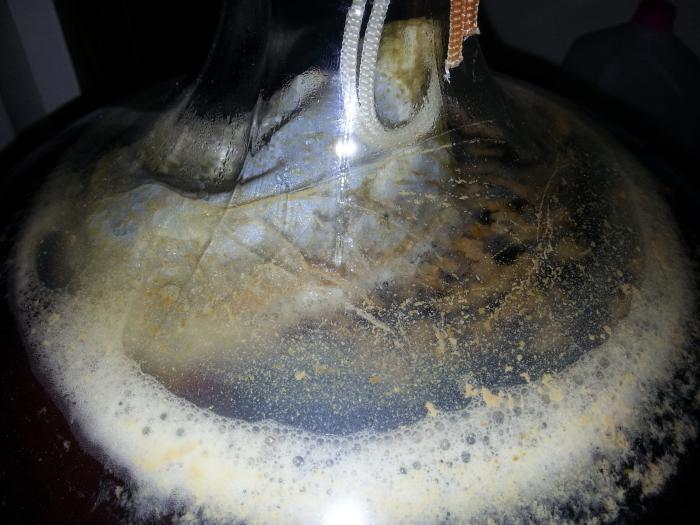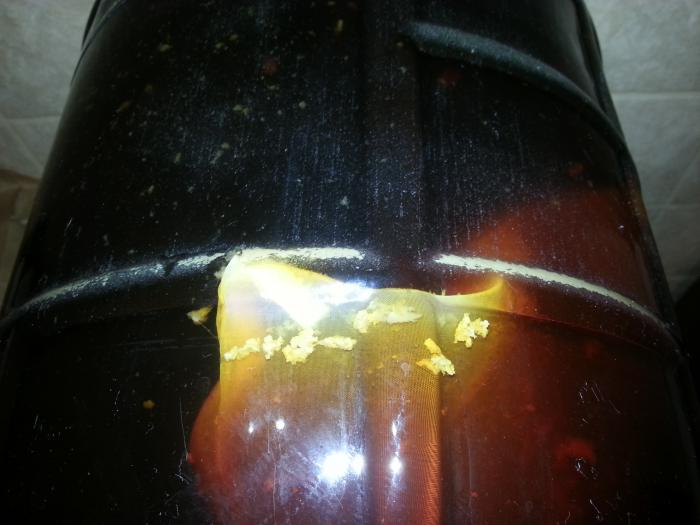WisconsinWildcard
New Member
- Joined
- Apr 30, 2013
- Messages
- 4
- Reaction score
- 0
I am probably putting this in the wrong area but anyway...
I have dry hopped a IIPA about 5 days ago. Had the pellet bag, scissors and hop bag in starsan for 20+ minutes. It was looking fine the first few days, it had a little residue on top but I have read here and other places it is completely normal. I looked at it today and it had large green chunks floating around and a thicker film on top than I would expect. Pics are below.
Do you think it is infected? If so, should I bottle it as is? What should I do? I was really looking forward to this beer so if I could salvage it, I would like to.


I have dry hopped a IIPA about 5 days ago. Had the pellet bag, scissors and hop bag in starsan for 20+ minutes. It was looking fine the first few days, it had a little residue on top but I have read here and other places it is completely normal. I looked at it today and it had large green chunks floating around and a thicker film on top than I would expect. Pics are below.
Do you think it is infected? If so, should I bottle it as is? What should I do? I was really looking forward to this beer so if I could salvage it, I would like to.

































![Craft A Brew - Safale BE-256 Yeast - Fermentis - Belgian Ale Dry Yeast - For Belgian & Strong Ales - Ingredients for Home Brewing - Beer Making Supplies - [3 Pack]](https://m.media-amazon.com/images/I/51bcKEwQmWL._SL500_.jpg)

























